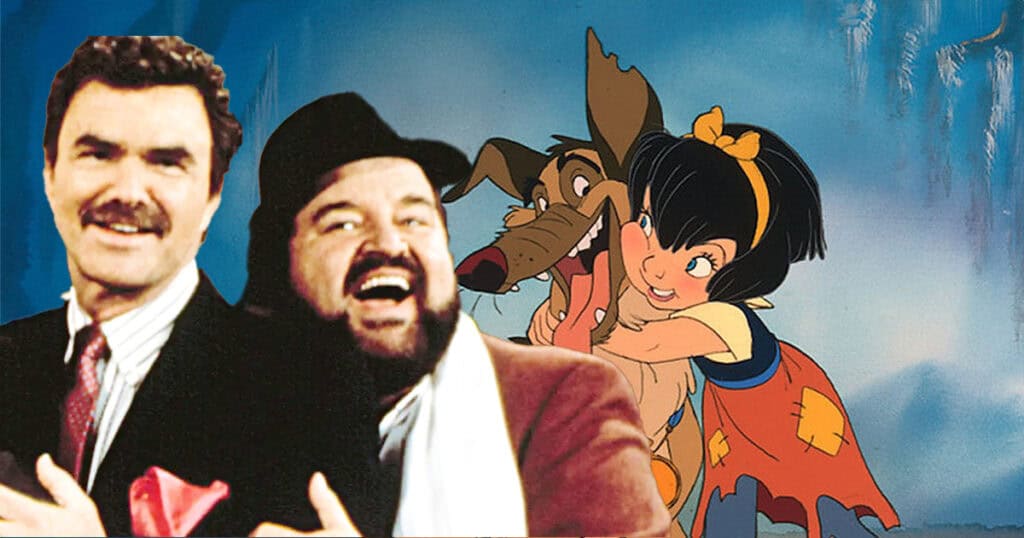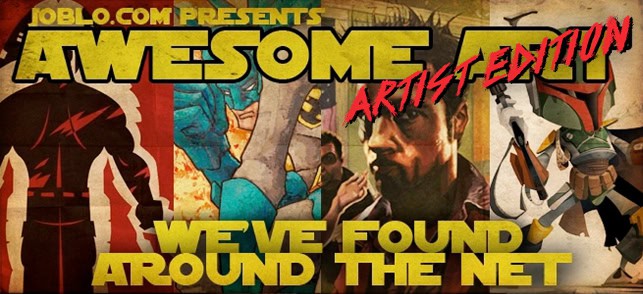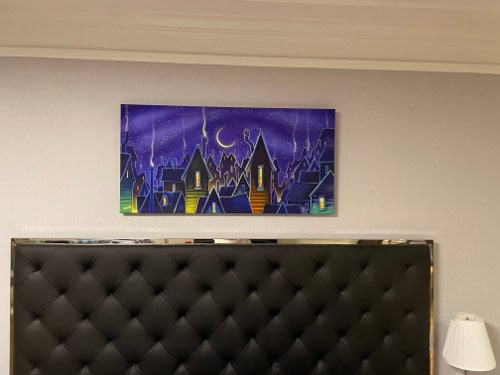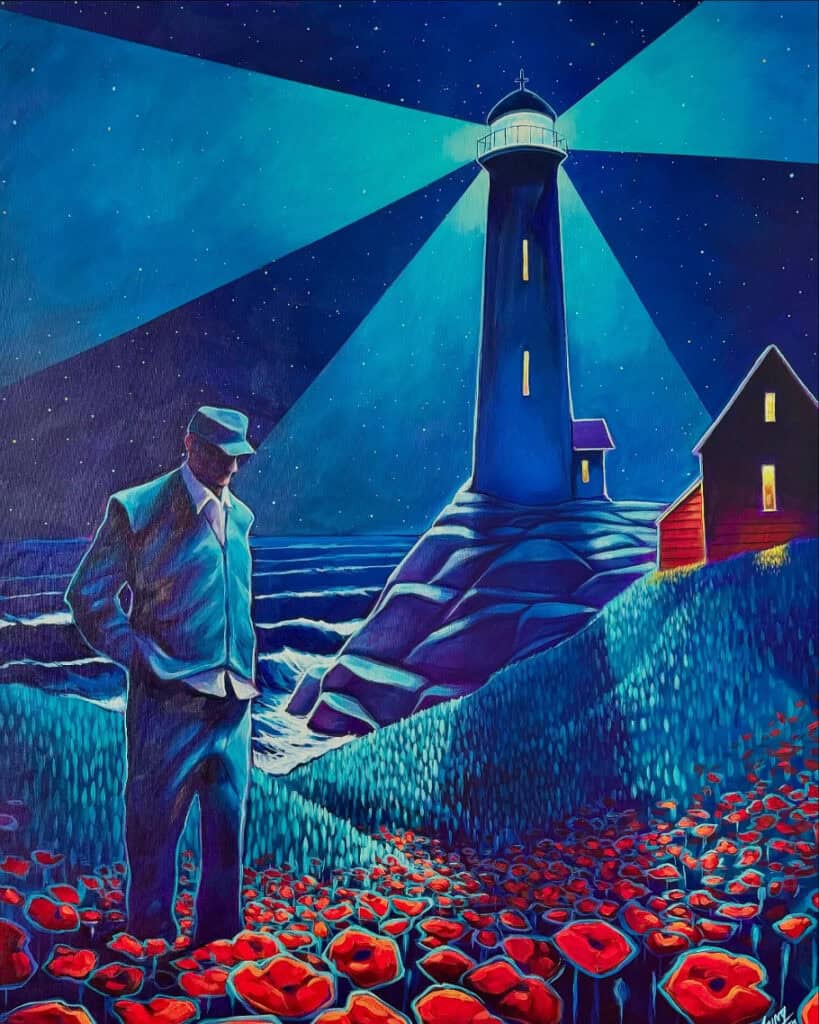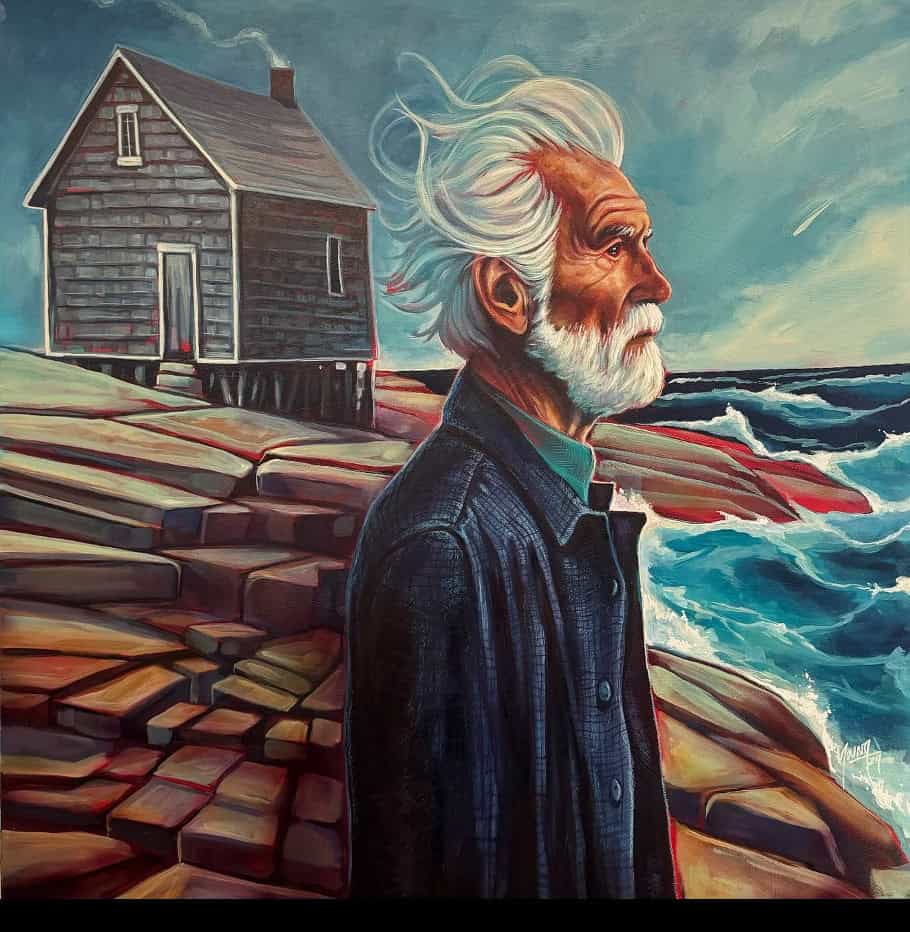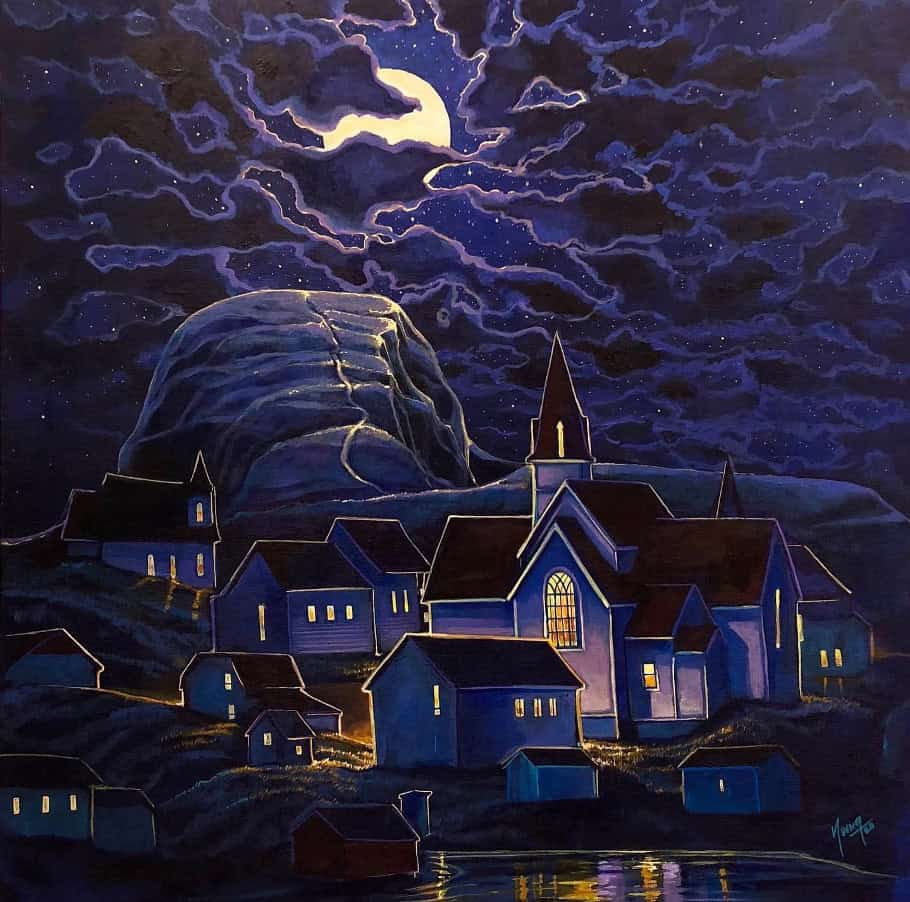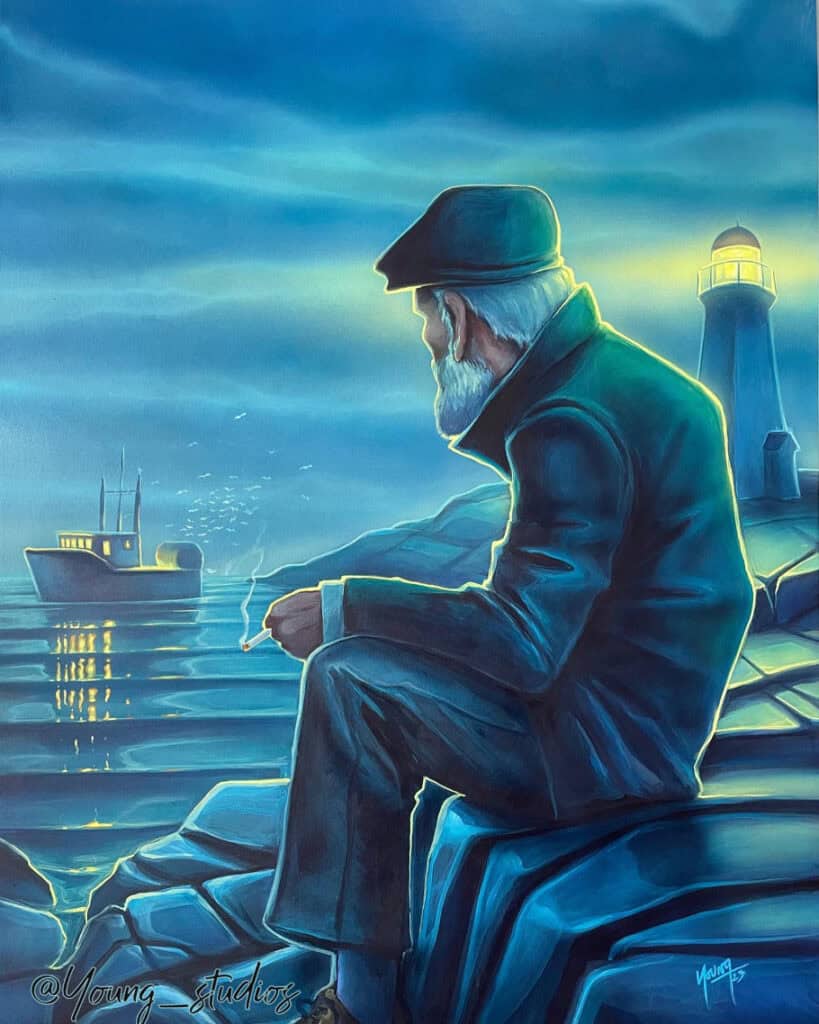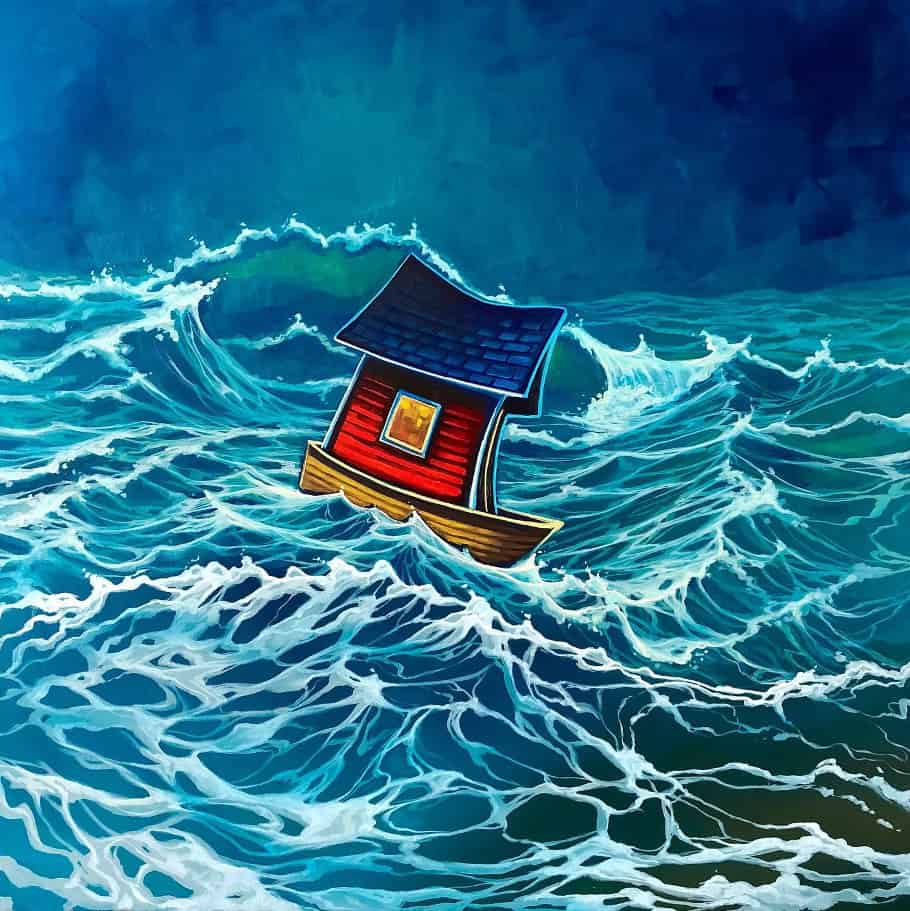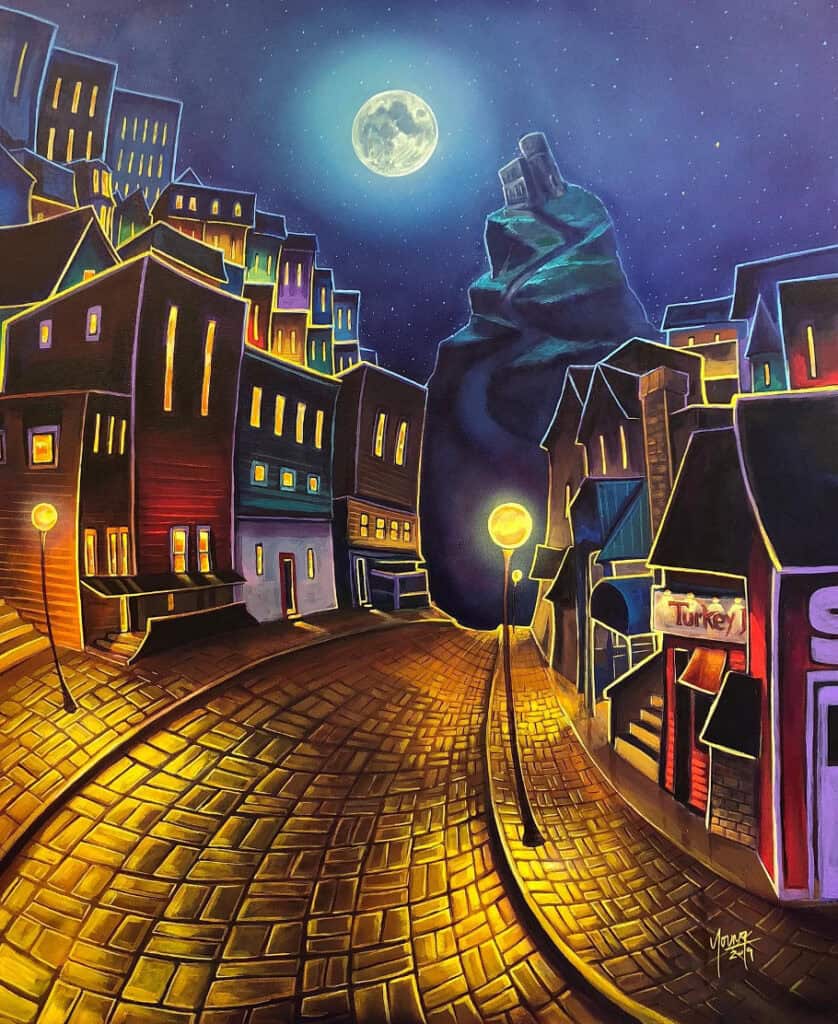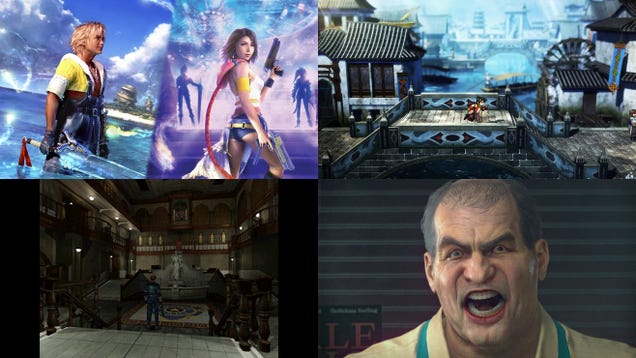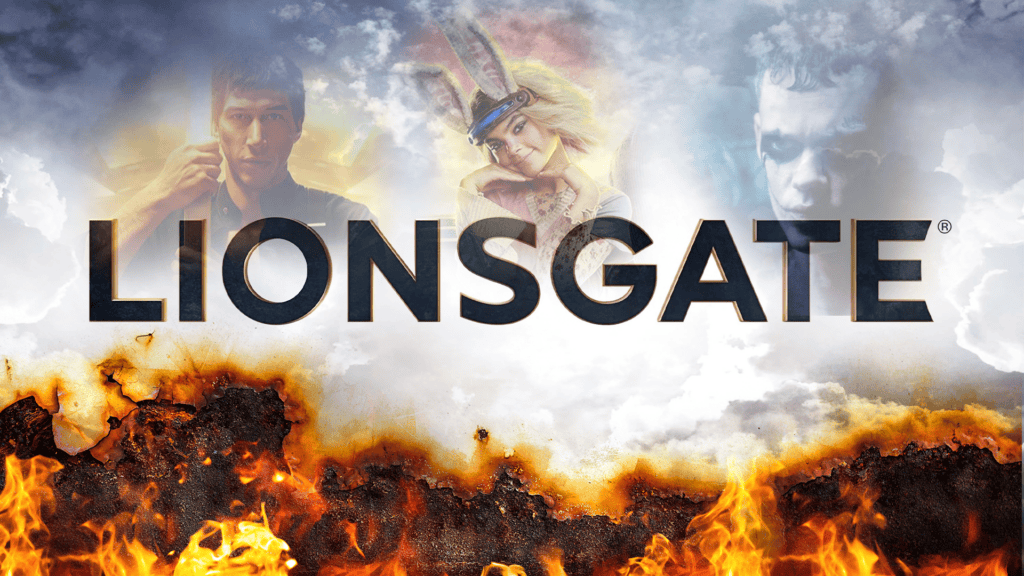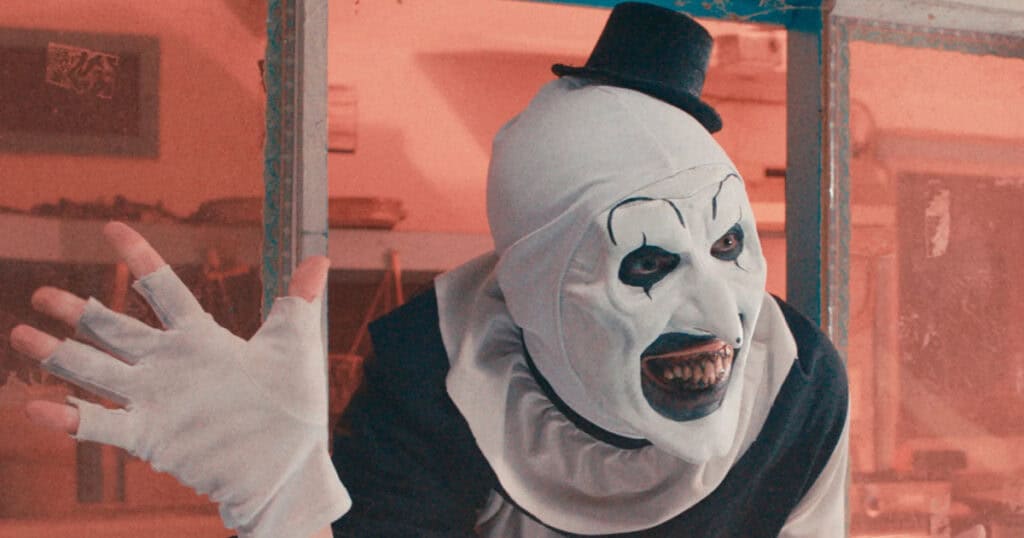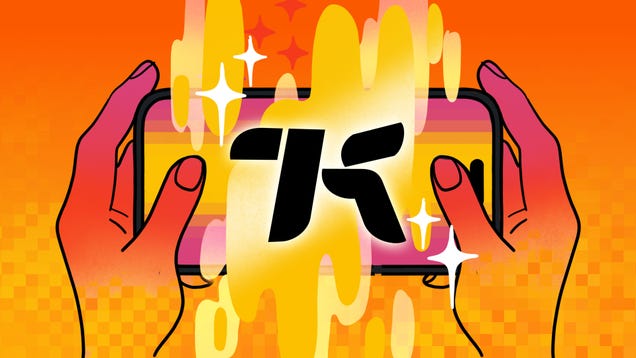For years, Awesome Art We’ve Found Around The Net has been about two things only – awesome art and the artists that create it. With that in mind, we thought why not take the first week of the month to showcase these awesome artists even more? Welcome to “Awesome Artist We’ve Found Around The Net.” In this column, we are focusing on one artist and the awesome art that they create, whether they be amateur, up and coming, or well established. The goal is to uncover these artists so even more people become familiar with them. We ask these artists a few questions to see their origins, influences, and more. If you are an awesome artist or know someone that should be featured, feel free to contact me at any time at theodorebond@joblo.com.This month we are very pleased to bring you the awesome art of…
Adam Young
Adam Young is a Canadian artist best known for his whimsical and colourful depictions of Eastern Canada, specifically Newfoundland. He was born in Halifax, NS, raised in Moncton, NB and has been living on Fogo Island, off the northeast coast of Newfoundland since 2008.
Inspiration for Adam’s work comes from the stark beauty of the landscape, architecture and the warmth of the people who live in Newfoundland. His mediums of choice are acrylics and inks and focuses on the elements of light, repetition, movement and colour. The fishing stage and/or saltbox house is a common theme within most of Adam’s paintings which takes the place as the absent figure. The little colourful shacks embody a playful feeling of curiosity and wonder as they balance on the rocky and sometimes harsh coastline of the North Atlantic. Adam lives on Fogo Island with his wife Jennifer, their daughters Bella and Scout and dog Willie.
JOBLO: I’m so happy to see that you have chosen Adam Young as an artist to watch for! I have been following him for years on Instagram and most recently purchased one of his original paintings (called “Crooked Chimneys”) and it’s purposely resting above my bed these days.
I love the colors in the painting and how it makes me feel when I walk into my room, ready to hit the sheets and get some shuteye. I also purchased his book a couple of years ago and love flipping through that as well. And on top of all that, he’s a nice guy and fellow Canadian so glad to see him featured here!
JOBLO: What got you started as an artist?
ADAM: My older sister Toni is a great artist and I think just being around her and always drawing and colouring is where I first began to love art. I also had a great art teacher in high school who really encouraged me to pursue it further.
Who were some of your favourite artists growing up?
Of course Group of Seven, Van Gogh, Maud Lewis, Klimt and a big Dali fan.
Who do you really dig these days, follow on Instagram?
I’ve really tried to limit my time scrolling on social media these past few years so I’m not really up on what’s happening in the social media art world. I do enjoy Gordon Wilson and Jeremy Mann.
What advice would you have for budding artists today?
Be yourself. Follow your own path. I think find what inspires you, what story you want to tell, and if you can’t sleep because you are so excited to get back to the work then you’re on the right path. Art lovers can tell when your work comes from something real. Be you.
What should we be looking out for from you in the future?
I think just continuing to be inspired by my surroundings. I hope to so some more abstract pieces in the future. Try to travel Canada a little more and do some pop up shows and see some different landscapes.
Being a fansite, we have to ask you… What are some of your favorite movies/TV shows of all time?
Oh I am a huge movie/tv lover! Of course I love Games of thrones, The Office. I am a huge fan of scary movies so anything horror. Lord of the Rings, the Alien franchise, I love it all!
Scroll down to check out some of our favorite art pieces from Adam as we continue to follow his journey across his Website and social media hubs: Instagram / Facebook / Store / Book
Dreamer
Facing The Moon
Fish Plant
Glowing
Good Neighbour
Harbour Moon
Hockey Night
The Keeper
The Late Practice
Leaving
Long Ago And Far Away
Moonlight Over Fogo
Noisy Dawn
On The Line
Porch Light
Quidi Vidi
Quilted Sea
Ripples In The Sky
The Skipper
Spring Thaw
Squished
St. John’s Night
Three Sheets
Twilingate
Weathering The Storm
Yellow Brick Road
The post Awesome Artist We’ve Found Around The Net: Adam Young appeared first on JoBlo.
